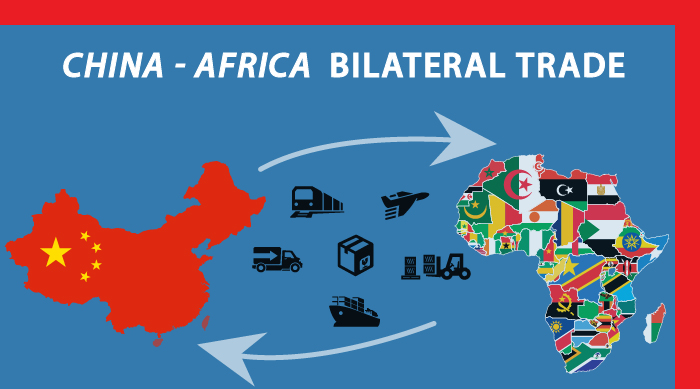Unveiling the Dynamics of a Thriving Economic Partnership
South Africa and China have forged a robust bilateral trade relationship that has significantly bolstered the economies of both nations. In 2017, this trade partnership reached new heights, reflecting the growing economic ties between these two global players. In this article, we delve into the intricacies of the 2017 bilateral trade between South Africa and China, exploring its historical context, key trends, and the latest developments.

Image: www.pinterest.com.mx
A Journey of Economic Interdependence
The relationship between South Africa and China has its roots in the early 20th century, marked by trade in agricultural commodities and minerals. However, it was in the post-apartheid era that the trade partnership began to flourish. In 2017, bilateral trade between the two countries surged to unprecedented levels, with South Africa’s exports to China reaching $18.1 billion and imports from China totaling $12.9 billion.
South Africa’s Exports to China
South Africa’s primary exports to China in 2017 comprised minerals, metals, and agricultural products. Iron ore, coal, and manganese were among the most significant mineral exports, while agricultural exports included citrus fruits, wool, and wine. These exports played a crucial role in driving South Africa’s economic growth and creating employment opportunities.
China’s Exports to South Africa
China’s exports to South Africa were equally diverse, encompassing a wide range of manufactured goods, machinery, and electronics. Consumer goods, such as clothing, footwear, and household appliances, accounted for a significant portion of Chinese exports, while machinery and electrical equipment were also key contributors. These imports helped meet the growing demand in South Africa for affordable and high-quality products.

Image: www.dehai.org
Key Trends and Developments in 2017 Bilateral Trade
- Increased trade in value-added products: South Africa shifted towards exporting more value-added products to China, such as processed minerals and agricultural products. This diversification strategy aimed to enhance the country’s export earnings and reduce reliance on raw commodities.
- Growth in Chinese infrastructure investment: Chinese companies invested heavily in South Africa’s infrastructure projects, particularly in energy, transportation, and telecommunications. These investments played a vital role in modernizing South Africa’s infrastructure and stimulating economic growth.
- Growing tourism and education sector: South Africa experienced a surge in tourism from China, as well as an increasing number of Chinese students enrolled in South African universities. These developments fostered cultural exchange and created new opportunities for South African businesses.
Expert Insights and Advice
- Diversify export markets: South Africa should continue to diversify its export markets to reduce its dependence on China and mitigate risks associated with fluctuations in demand from a single market.
- Promote trade in services: South Africa has a potential to export more services to China, such as financial services, information technology, and tourism.
- Support small and medium-sized enterprises (SMEs): The government should provide support and incentives to SMEs to enable them to participate in the bilateral trade relationship and contribute to economic growth.
Frequently Asked Questions
Q: What are the benefits of the bilateral trade relationship for South Africa?
A: Bilateral trade has boosted South Africa’s economic growth, created employment opportunities, and provided access to a vast consumer market for its exports.
Q: What are the challenges facing the bilateral trade relationship?
A: Trade imbalances, trade protectionism, and economic headwinds can pose challenges to the smooth functioning of the bilateral trade relationship.
2017 Bilateral Trade Between South Africa And China
Conclusion
The 2017 bilateral trade between South Africa and China showcased the vibrant economic partnership between the two nations. By strengthening trade ties and promoting economic growth, South Africa and China have established a mutually beneficial relationship that promises to yield significant benefits for both countries in the years to come.
Are you interested in learning more about the complexities of international trade and the role it plays in global economic development? Share your thoughts and join the conversation on our social media platforms.






